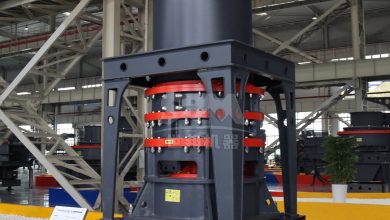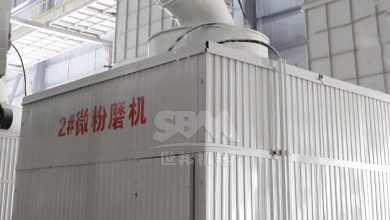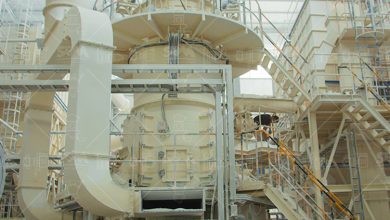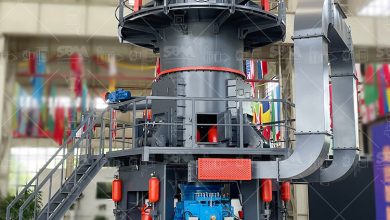Standardized Sampling and Testing Procedures for Powder Materials in Industrial Applications
Introduction
In industrial applications involving powder materials, standardized sampling and testing procedures are critical to ensure product quality, process efficiency, and regulatory compliance. This article outlines best practices for sampling and testing powdered materials, with a focus on achieving consistent results across different industrial sectors.
Importance of Standardized Procedures
Standardized procedures minimize variability in test results, ensuring that data is reliable and reproducible. This is particularly important in industries such as mining, construction, and chemical processing, where powder properties directly impact product performance.
Sampling Procedures
Proper sampling is the foundation of accurate testing. The following steps outline a standardized approach:
1. Sample Collection
Collect representative samples from multiple locations within the batch or process stream. Use appropriate tools such as sampling probes or automatic samplers to avoid bias.

2. Sample Preparation
Reduce sample size through quartering or riffling to obtain a homogenous test portion. Ensure that the preparation method does not alter the material’s properties.
Testing Procedures
Key tests for powder materials include particle size distribution, moisture content, and bulk density. Standardized methods should follow recognized industry protocols such as ASTM or ISO standards.
Particle Size Analysis
Particle size distribution is critical for many industrial applications. Techniques such as laser diffraction or sieve analysis provide valuable data on powder characteristics.
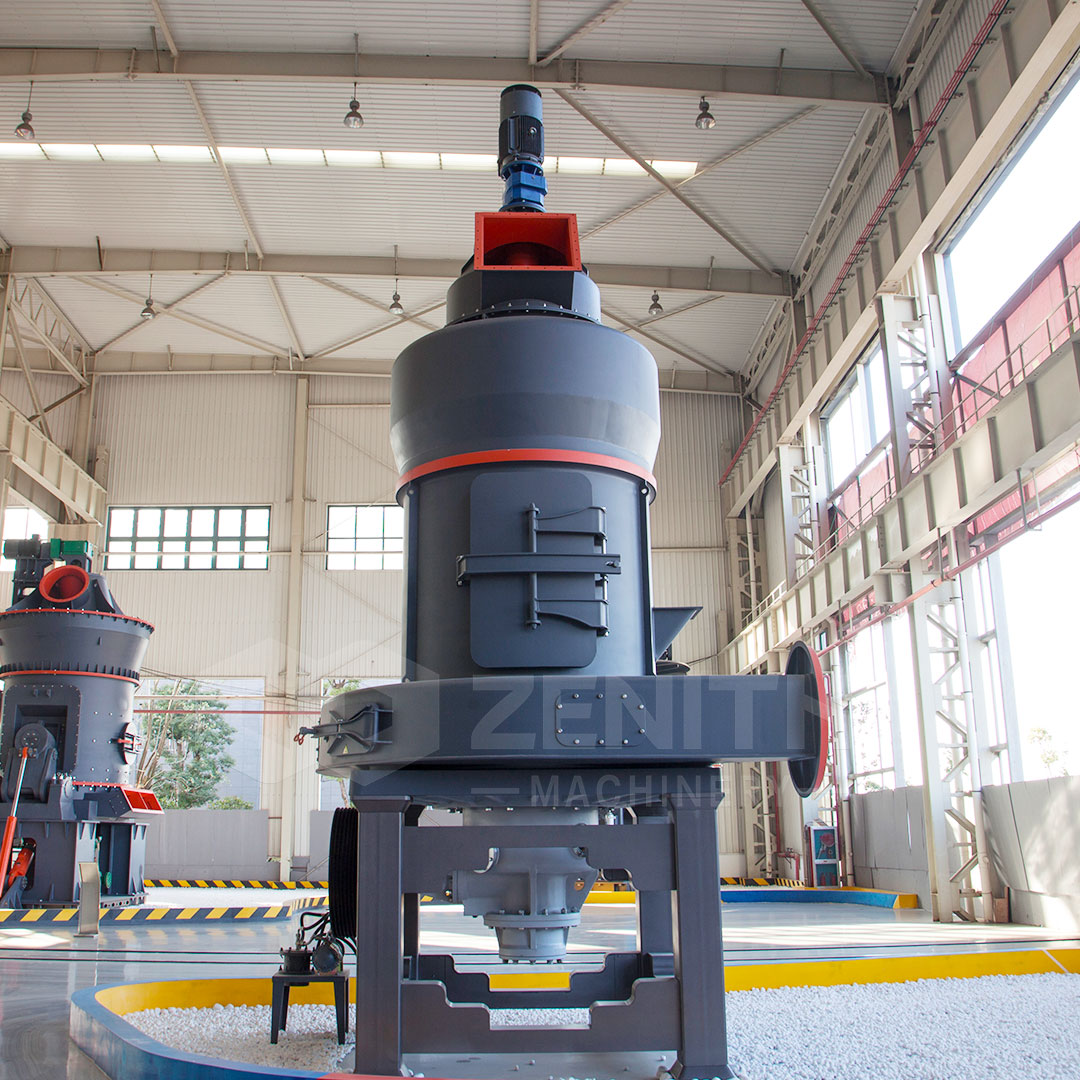
Moisture Content Determination
Use loss-on-drying or Karl Fischer titration to measure moisture content, which can affect powder flowability and stability.
Equipment Recommendations
For industries requiring high-precision powder processing, ZENITH’s XZM Ultrafine Mill offers exceptional performance with output fineness ranging from 325-2500 mesh (D97≤5μm). Its intelligent control system ensures consistent particle size distribution, making it ideal for standardized testing environments.
Another excellent solution is the MTW Series Trapezium Mill, featuring advanced wear-resistant components and precise classification technology. With output fineness adjustable from 30-325 mesh, it meets diverse industrial requirements while maintaining energy efficiency.
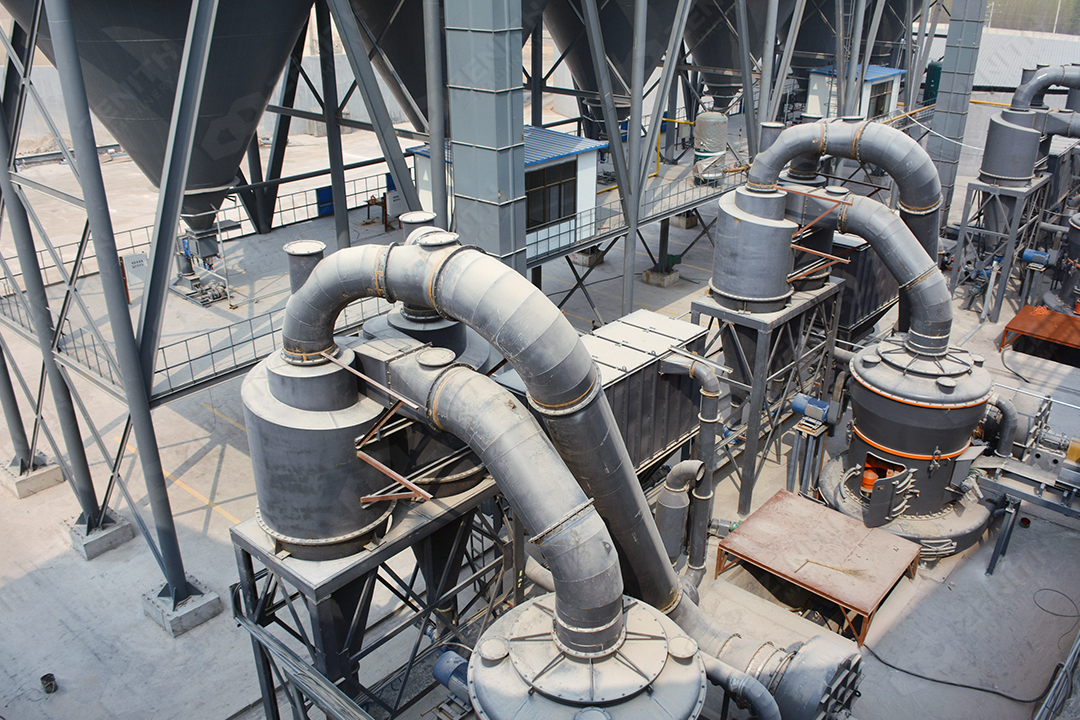
Conclusion
Implementing standardized sampling and testing procedures ensures reliable data for quality control and process optimization. By combining rigorous methodologies with advanced equipment like ZENITH’s grinding mills, industries can achieve superior powder processing results while maintaining compliance with international standards.


